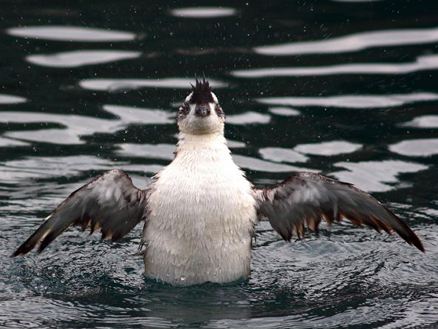
The Japanese Murrelet is a small seabird with characteristics typical of small puffins, without subspecies.The crested flat-billed puffin is a rare stray bird and winter migratory bird in China. Often in small groups. Frequent surface swimming and diving. When in danger, they dive and flee. The sink...
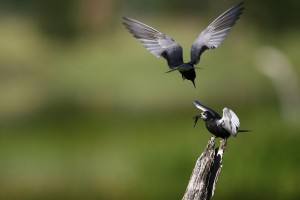
The Black Tern has two subspecies. The call is a short, nasal scream called kyeh, and the liaison is called klit.The black-floating gulls fly lightly and nimbly, with slightly fanned wings, sometimes skimming over the surface of the water, pecking at it with their downward beak. Sometimes soaring ab...
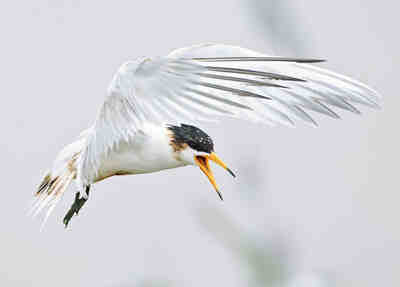
The Chinese Crested Tern is a medium-sized waterbird with no subspecies.The Chinese crested tern is a summer migrant in northeastern China and a winter migrant in southern China. Every year from April to September, these mysterious seabirds arrive at the Eel Beach wetland at the mouth of the Minjian...
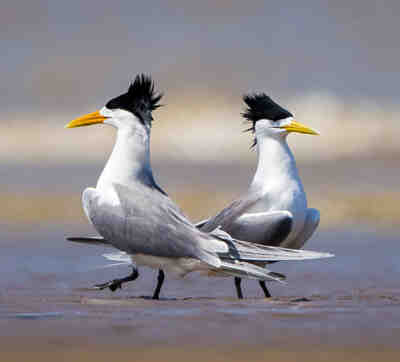
The Great Crested Tern has six subspecies.Large crested terns are resident birds and often travel in flocks. They frequently fly over the sea, with their mouths pointing straight down, their wings stirring slowly, and sometimes soaring in the air, where they can search for and find underwater fish....
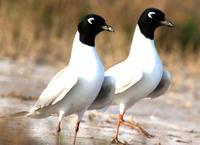
Black-billed gull Saunders' s Gull, medium water bird, no subspecies.It is said that during the late Tang Dynasty, the famous poet Li Shangyin kept five kinds of rare birds in his garden, one of which was a black-billed gull with a black head and beak and a prominent white semicircle behind its...
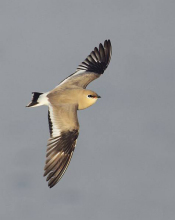
Small Pratincole is a small waterside bird with no subspecies.The plover often moves in groups, is agile and fast in flight, and is most active at dusk, hunting with swifts and bats. Until dark, still running on the ground for food. The food is mainly insects, and sometimes small crustaceans and mol...

The Broad-billed Sandpiper has two subspecies.The broad-billed snipe is mainly a traveller bird in China, and some are winter migrants. Autumn moves through China in September-October and spring in April-May.The snipe is found alone, in pairs, or in small groups. The non-breeding period also sometim...

Spoon-billed Sandpiper is a small wading bird with no subspecies.The snipe is found alone near water in shallow waters and in loose mud. When walking, the head is always lowered, and the mouth is constantly stretched into the water or mud, and the mouth is swept around and back in the water or mud w...
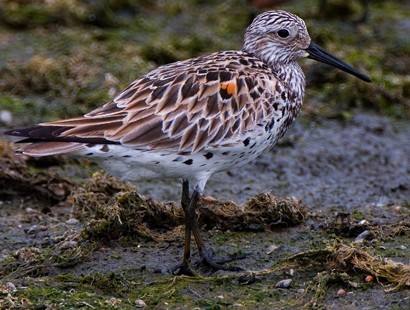
The Great Knot is a small wading bird with no subspecies.The giant Sandpiper feeds mainly on crustaceans, mollusks, insects, and insect larvae. Foraging often insert the mouth into the mud to find food, but also often along the water side of the shallow water or the water side of the sand and mud to...
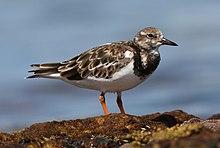
The foreign name Ruddy Turnstone, no subspecies.The turnstone snipe is a traveller and winter migrant in China. Spring migrates in April-May and autumn migrates in September-October. Migrations often integrate large, loosely organized groups. Often alone or in small groups. Large groups are also oft...
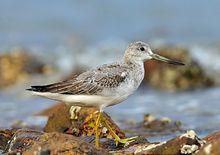
Spotted Greenshank is a small wading bird with no subspecies.The little greenshank is a rare traveler in China. Spring is more than March-April, and autumn passes through China during migration from September to October. It is often found alone at the water's edge, on sand or mud, and foraging....
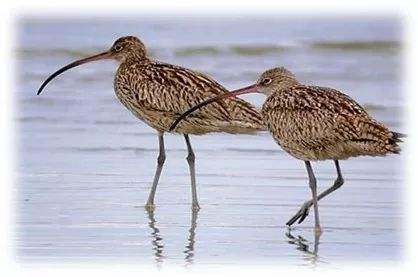
The foreign name is Far Eastern Curlew, and there are no subspecies.Curlews are mainly travellers in China. Some breed in northeast China as summer migratory birds, while some overwinter in Taiwan as winter migratory birds. Spring reaches the northeast breeding ground in early to mid-April, and autu...
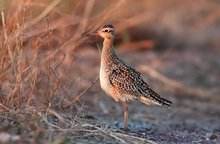
Little Curlew is a small wading bird with no subspecies.The curlew usually moves mostly alone or in small groups, but it also joins other snipes in larger groups during migration and wintering. Whenever the tide goes back, they go to the tidal flats to feed, wading in the shallow silt, pecking at in...
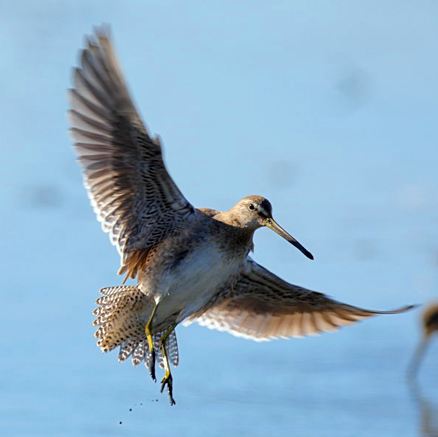
The semi-webbed snipe (ban p Giryu), also known as Asian Dowitcher, is a small wading bird.They live alone or in small groups. Sex is timid and alert. It feeds mainly on insects, insect larvae, worms and mollusks. Often in the lake, river banks, ponds and swamps and coastal tidal areas of sand and m...
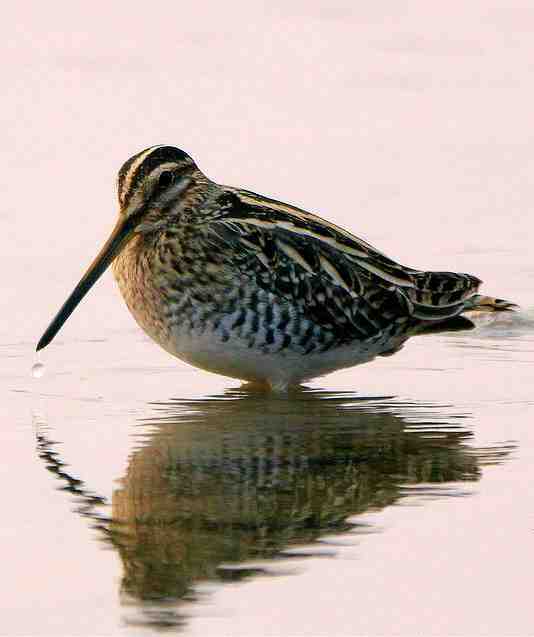
Wood Snipe, small wading bird, no subspecies.It is timid and withdrawn, often living alone on the banks of forests and rivers and ponds, and in nearby swamps and grasslands. The flight is slow and bulky, suddenly flies up after fright, the direction of flight is uncertain, often flying in waves, usu...

Bronze-winged Jacana is a small wading bird with no subspecies.Copper-winged pheasant is a resident bird, active during the day, mostly alone, and often integrated in small groups during non-breeding period. The action is light and flexible, the foot is higher when walking, the step is larger, and e...
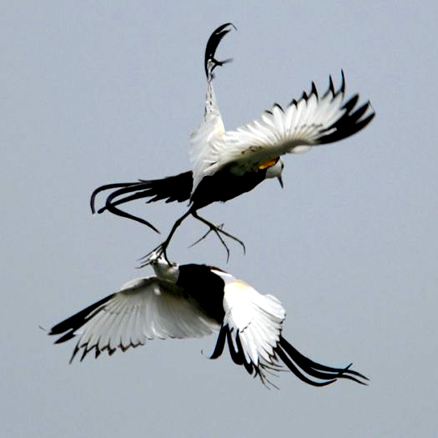
Pheasant-tailed Jacana is a small to medium sized bird with no subspecies.Water pheasants prefer to live alone or in small groups, sometimes in large groups in winter. Sex lively, good walking, light step, can float on the water lily, lotus, water chestnut and other aquatic plants to run back and fo...
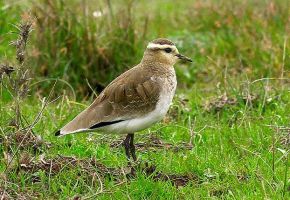
The Sociable Lapwingm is a medium-sized wading bird.Yellow-cheeked laphens are migratory birds with great flying abilities. They inhabit grassland, cultivated land, desert and dry inland wetlands (such as desert oasis, salt lake, salt marsh, alkali beach, seasonal rivers, seasonal lakes, spring over...

There are two subspecies, Eurasian Curlew.It is a summer migratory bird in northeastern Inner Mongolia, Heilongjiang and Jilin, and specimens were collected in eastern Liaoning in April and May, and may also breed. Wintering in the middle and lower reaches of Yangtze River and southeast coastal prov...